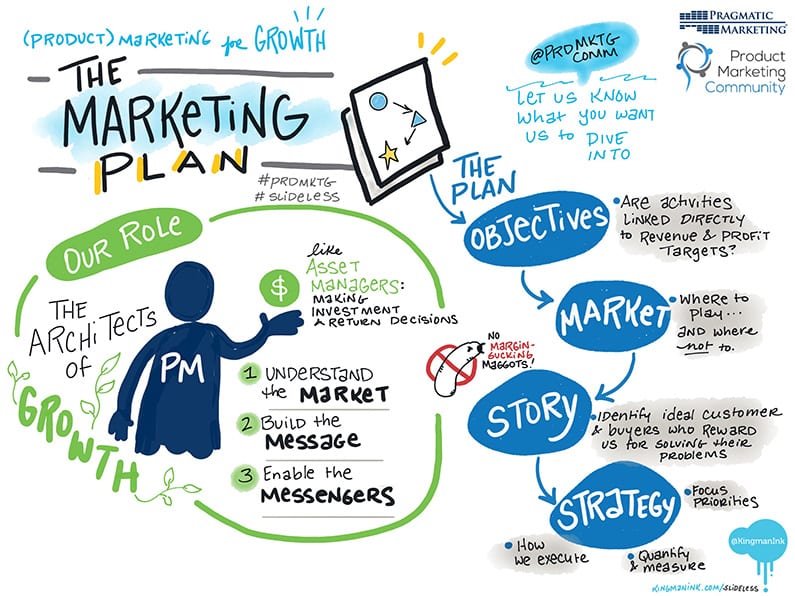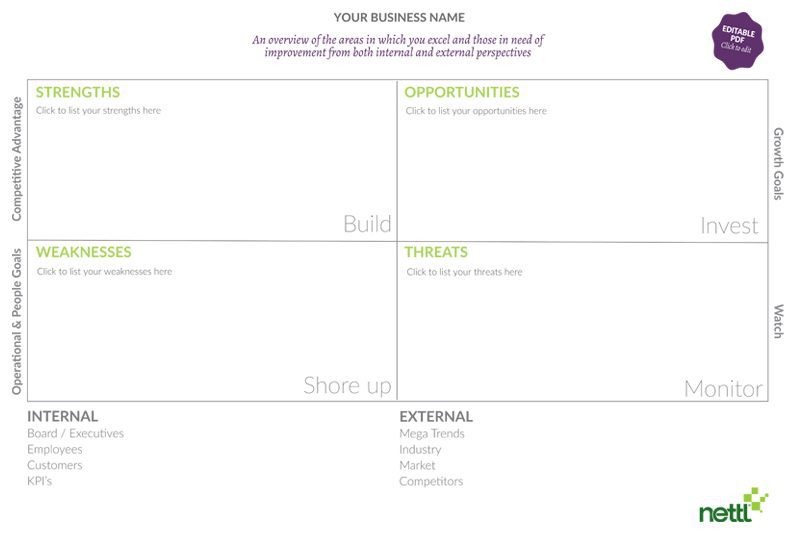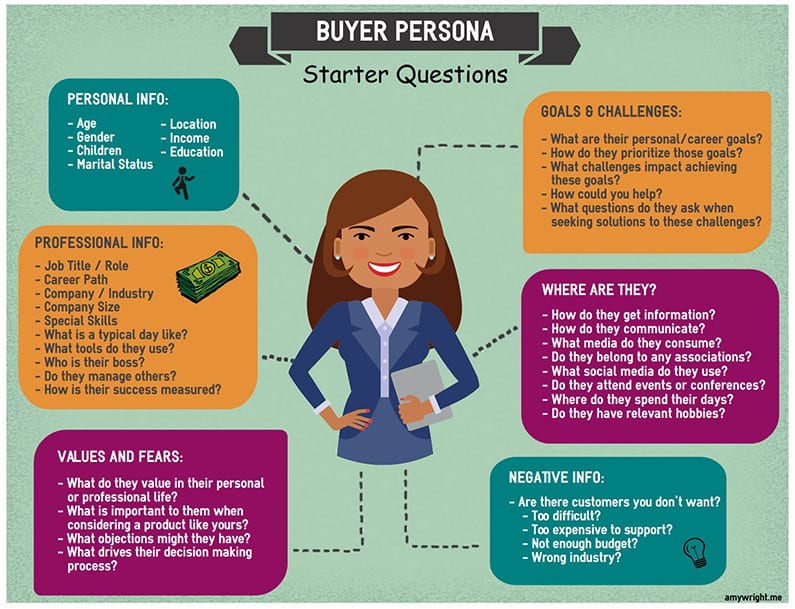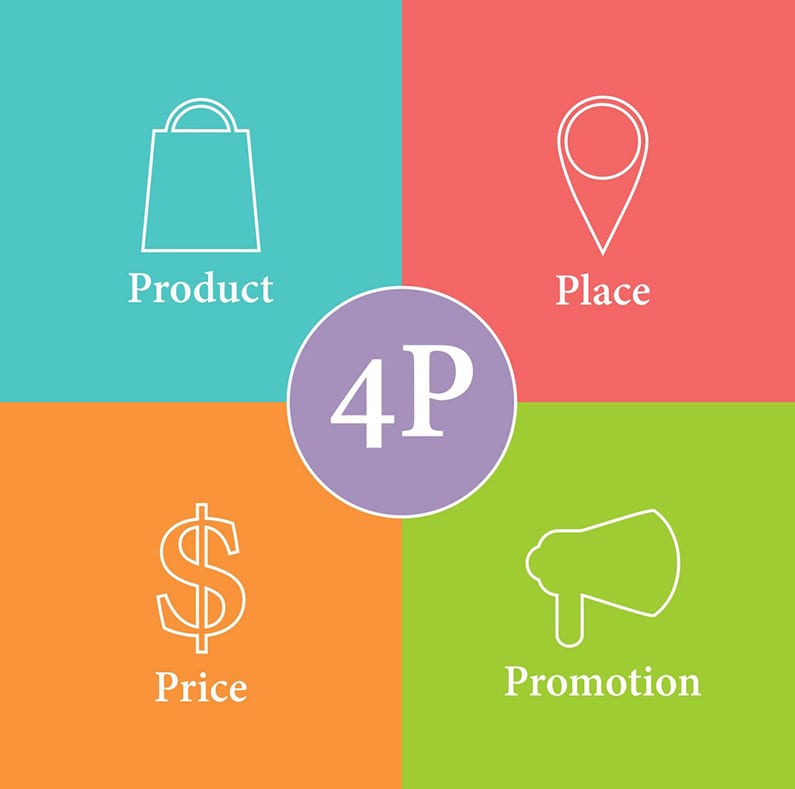HOW TO CREATE A MARKETING PLAN
approx 8 minute read
Introduction to creating your marketing plan
Implementing marketing activities without a plan can be a waste of time and money, this article will show you the importance of outlining a marketing plan to achieve your business goals.
What is a marketing plan?
A marketing plan is a roadmap that outlines activities and tactics that a business can implement over a period of time, whether that be a month, quarter, or year. It outlines the strategy to generate reach to gain new leads from a target market to increase sales and brand awareness.
Importance of a marketing plan
Having a marketing plan can help your business define and reach new target markets to buy from you, and stay connected with and encourage existing customers to continue purchasing your product or service.
So how do you create a bullet-proof marketing plan?
Determine goals and objectives…
Firstly, outline your business objectives and goals. Use the SMART Technique to establish what you hope to get from your marketing activities. Determining your goals and objectives will help you to focus your efforts on marketing activities that will benefit your business and help you to meet these goals.
Value proposition & Mission statement
Before outlining your business goals and objectives, it’s key you understand your company’s mission statement and value proposition.
Your mission statement should be concise, it’s the day-to-day beliefs of the company and what it strives for. It is important to outline your mission statement when creating your marketing plan as it will help you be aware of what you hope to achieve through your marketing practices.
Similarly, a value proposition is a promise that a business makes to its customers when they purchase a product or service from them. It summarises why a consumer should buy your products and services. This is important when creating your plan, as your value proposition provides your business with the opportunity to influence customers’ decision-making processes.
Develop a SWOT Analysis
Strategically analyse and identify the strengths, weaknesses, opportunities, and threats related to your business with a SWOT analysis. This technique is worthwhile when creating your marketing plan as it shows you exactly where you excel and where there is room for improvement.
Developing a SWOT analysis can help you to eliminate and correct any shortcomings which you may have otherwise been unaware of. Identifying your strengths and opportunities can allow you to capitalise on and fortify your business as a key player within the market.
While analysing your weaknesses and threats, can help you to understand what needs to be done to give your business that competitive advantage and strengthen your business going forward.
But how do you put your SWOT Analysis into action? Check out this video by the Virtual Strategist which shows you the ins and outs of this technique.
And to make it even easier for you, we have attached below a free downloadable resource that will help you to plot out your SWOT analysis.
Determine your target market
Use your marketing plan to help you to identify your target market. Who are they? Where are they? And why would they want to use your product or service? Identifying your target audience helps your business to develop effective marketing communications. This cohort of people often shares similar needs or characteristics that your business aligns with and are most likely to purchase your products or services.
Understand your customer and define buyer personas
A buyer persona is a research-based profile that helps to define your ideal customer. Buyer personas describe who your ideal customer is, what challenges they face and how they make decisions. Develop personas for your business to ensure that all of your marketing activities both inbound and outbound are serving your customers’ needs. To create a buyer persona follow these three points.
1. Identify your customers’ demographics
- Age
- Location
- Language
- Spending power and consumer behaviors
- Interests
- Challenges
- Stage of life
2. Identify your customers’ pain points
Figure out the issues and problems that face your target customer. What barriers are in their way and what issues are they facing when it comes to the types of products and services that you offer? Use social media to listen to their complaints and engage in sentiment analysis.
Social listening can help you learn a lot about your target market. Learn about their issues to help improve your customer experience, while also tapping into the elements that they like about your competitor’s business. It is a great way to improve your overall customer experience to engage your ideal customer.
3. Identify how you can resolve these pain points
Listen to your customers’ issues and adjust to meet their needs. Pivoting to resolve your target market’s needs will help your business win the attention and business of those that you are trying to reach.
Alter your thinking and consider how your products and service can make your customers’ lives easier or better. Understanding this will help you to tailor your marketing strategies accordingly to appeal to this audience’s senses and grow your business.
Implement the 4P’s
Determine how customers perceive your brand within the marketplace. Take control of the narrative and align your brand with the customers that you are trying to reach. Through developing compelling branding and a strong marketing message, you can communicate how you want to be perceived by your audience.
Implement the 4P’s: promotion, price, place, and product, to identify how you want to be perceived. Strategically marketing your brand in a certain way to create and establish a recognisable brand image in the minds of your audience is the ultimate goal.
Determine your marketing budget
When creating a budget, take into account all costs associated with marketing your business. Include everything from marketing tools to website maintenance expenses, graphic design to paid advertising, just to name a few. Create a marketing budget to keep you financially on track. This will benefit you in the long run as you can reallocate funds if some campaigns prove to be more viable than others.
Analyze your market and competitors
Create a competitive analysis to determine the strengths and weaknesses of your competitors in your own business. Applying these insights from competitive analysis to your marketing plan will help you to identify strengths and weaknesses that relate to your brand’s health, community management, and content strategy.
Run a competitive analysis to help you fine-tune your unique selling point. Differentiating your business from your competitors will help you to get in front of your target market and make your brand more memorable among this cohort.
Determine your Marketing Strategies
Knowing who your customers are and where they are is half the battle. Use the insights gathered from your marketing plan to tactically choose your marketing activities. You should choose your marketing strategies with your buyer persona in mind.
Marketing strategies that work best for your business
Determine which marketing practices will be most effective for you and your business when reaching your target market. Having a blended marketing strategy that incorporates both traditional and digital marketing methods will help you to reach a wider audience.
Everything from your website, to social media marketing to traditional print advertising, will help your brand to improve its recognition among your audience. As your recognisability increases across these marketing channels, your audience will instinctively and subconsciously choose your brand when in need of your services.
However, remember there is no point in wasting your marketing budget on activities that will not result in a return on your investment. Be tactical. Choose strategies and platforms that will help you to get in front of the right people, and do not waste your resources engaging in strategies that will not benefit your business.
If you need help determining the best strategies for your business, get in touch with your local Nettl studio and we would be happy to help you.
Conclusion to Creating a Marketing Plan
Re-evaluate, Re-evaluate, Re-evaluate!
Remember to evaluate – see what is working, and what isn’t. Business is constantly changing, so adapt to it. It is important to review your marketing plan not only monthly but quarterly and yearly. Make sure that the campaigns that you are putting out are effective and that they are proving to be beneficial for your business.
If you need help creating a marketing plan or implementing marketing activities, we’d love to take you out for coffee and together work on a plan for marketing your business.







